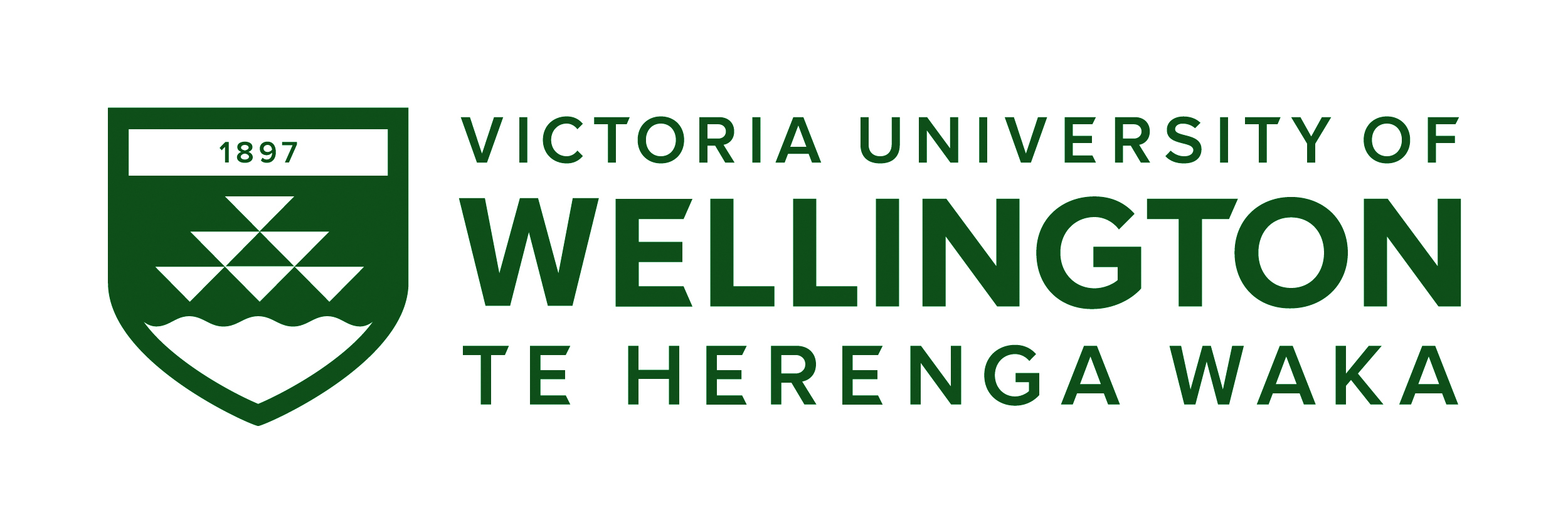Indigenous Peoples and the State - International Perspectives on the Treaty of Waitangi
DOI:
https://doi.org/10.26686/jnzs.v0iNS29.6270Abstract
Just over thirty years ago, in the High Court decision Huakina Development Trust v Waikato Valley Authority, Justice Chilwell famously stated: “There can be no doubt that the Treaty is part of the fabric of New Zealand society”.[1] At a symposium celebrating 30 years of the Huakina decision, Tom Bennion described the judgment as “a marker, a significant new structure sticking out in the legal landscape, indicating the shape of arguments to come.” This collection of work brings together a range of arguments for our time as to the meaning and importance of the Treaty of Waitangi shaped by different perspectives as to its context and history.
[1] [1987] 2 NZLR 188, at 210. As a result of that case, the Treaty is now part of the context in which legislation which impinges upon its principles is to be interpreted, even where a statute is silent as to the Treaty or its principles.
Downloads
Downloads
Published
Issue
Section
License
Authors who publish with this journal agree to the following terms:
The Journal of New Zealand Studies retains the copyright of material published in the journal, but permission to reproduce articles free of charge on other open access sites will not normally be withheld. Any such reproduction must be accompanied by an acknowledgement of initial publication in the Journal of New Zealand Studies.





